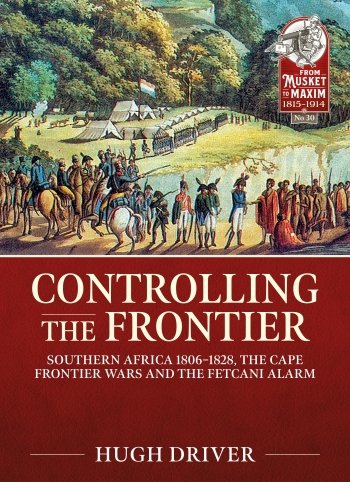-
Załączniki bezpieczeństwa
Załczniki do produktuZałączniki dotyczące bezpieczeństwa produktu zawierają informacje o opakowaniu produktu i mogą dostarczać kluczowych informacji dotyczących bezpieczeństwa konkretnego produktu
-
Informacje o producencie
Informacje o producencieInformacje dotyczące produktu obejmują adres i powiązane dane producenta produktu.HELION
-
Osoba odpowiedzialna w UE
Osoba odpowiedzialna w UEPodmiot gospodarczy z siedzibą w UE zapewniający zgodność produktu z wymaganymi przepisami.
In this concise and engaging book, historian Hugh Driver examines the struggle to determine and stabilise the frontier of southern Africa’s Cape Colony in the aftermath of the British occupation in 1806. In troop movements arising out of the Napoleonic Wars, a close analysis is made of those units deemed appropriate for the inherited bush warfare of the eastern frontier, with an emphasis on Colonel John Graham’s controversial method of frontier control implemented in the wake of the Fourth Cape Frontier War of 1811-1812.
Those events leading up to the Battle of Grahamstown in April 1819 – notably the inter-Xhosa Battle of Amalinde in October 1818 – are then carefully delineated from contemporary sources, before the entire Fifth Cape Frontier War is considered, noting its significance not only at the time, but also in subsequent South African historiography.
The volume then goes on to examine the development and deployment of colonial forces beyond the frontier in the aftermath of the war. This was primarily in response to the so-called ‘Fetcani alarm’, which was essentially how the Cape Colony experienced the Zulu-generated Mfecane. It culminated in a British campaign on the Umtata and the highly contentious and much misunderstood Battle of Mbolompo in August 1828, involving the 55th Foot, Cape Mounted Riflemen and Royal Artillery, among other units.








